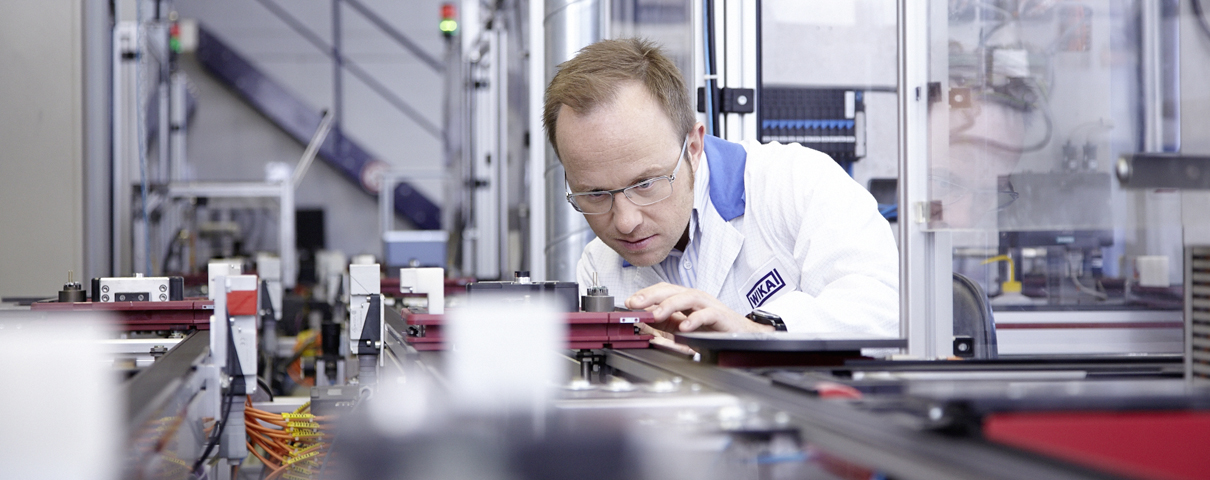
When a misapplied gauge led to a crisis, WIKA offered the solutions. Just as life always throws us a curveball, in business there’s always some heartache along the way to a happy ending. WIKA noted this awhile back when a petroleum refinery had trouble with misapplied gauges.
The scenario was familiar to WIKA engineers: A chemical leak at a midsized refinery in 2013 contaminated a small ground area and started a small fire. Fortunately, managers contained the crisis and lost only a few days of production, but they got serious about averting any recurrences. No dithering, no second guessing, no endless committee meetings.
The culprit: a misapplied gauge. As they looked for a solution, plant managers recognized they had problems with gauge proliferation and maintenance. Some of their people needed better training on the proper use and replacement of gauges.
Enter WIKA’s Full Audit Service Team (FAST). One of the plant’s safety engineers called us up and asked, “How soon can you come?” When the FAST team arrived at the refinery, we discovered some challenging requirements.
For starters, several of the plant’s key processes reached temperatures of approximately 750°F, but they were using misapplied gauges, ones that were never meant to stand up to such high temperatures, and they were constantly replacing them.
The FAST team rated about 30% of the refinery’s gauges as “red”: needing immediate replacement. Another 50% were classified “yellow,” meaning they need to be replaced by end of 2014. The rest of the gauges were rated as good for another two years, in large part because they are not used in hazardous or corrosive processes. Now the refinery aims to replace all its gauges by the end of 2015.
We recommended four categories of gauges for the refinery:
- Simple stainless-steel gauges, for undemanding processes where gauges come into contact with water, air and nitrogen.
- Liquid-filled WIKA XSEL® gauges with diaphragm seals, for settings that handle hydrocarbons and need an extra level of protection.
- Gauges constructed from Monel®, a trademarked nickel-copper alloy that is corrosion- and acid-resistant, for processes involving harsh chemicals. They also incorporate a special, heat-sensitive paint. The outer shell of these gauges changes color – from orange to purple – if a corrosive substance drips on it.
- Direct-drive gauges, for processes involving harsh chemicals and heat extremes. A direct-drive gauge has only one moving part: a helically wound Bourdon tube. These, too, have the color-changing paint on the outside.
When we equip refineries with gauges that are right for the application, customers will experience fewer failures. So ultimately, they save money spent on inferior or misapplied gauges, the staff resources to replace them, and the costs incurred when breakdowns take place.

